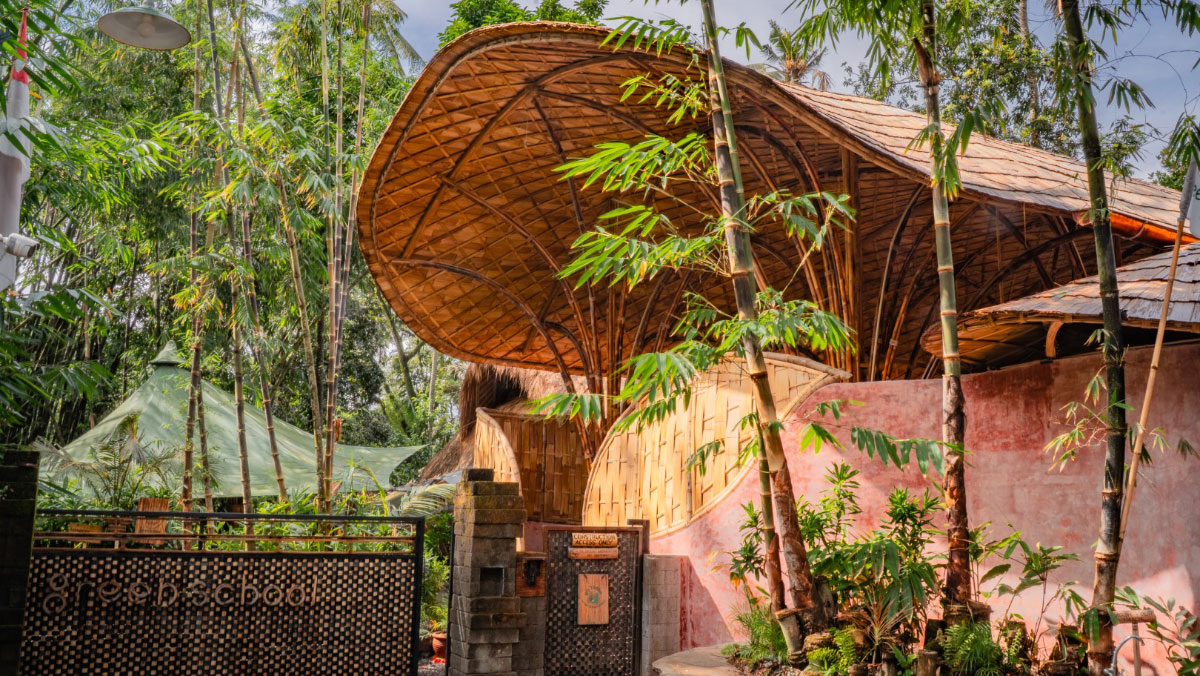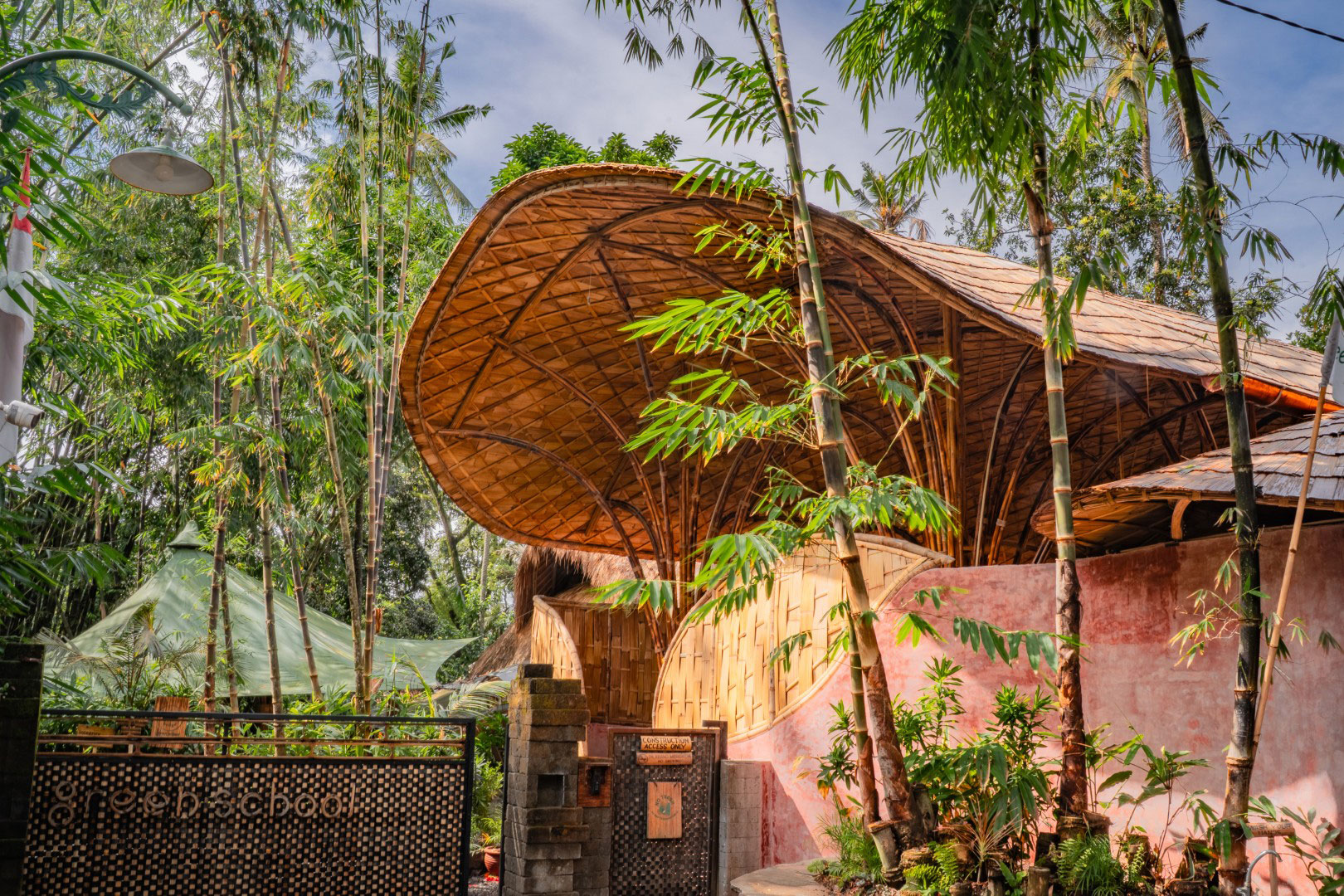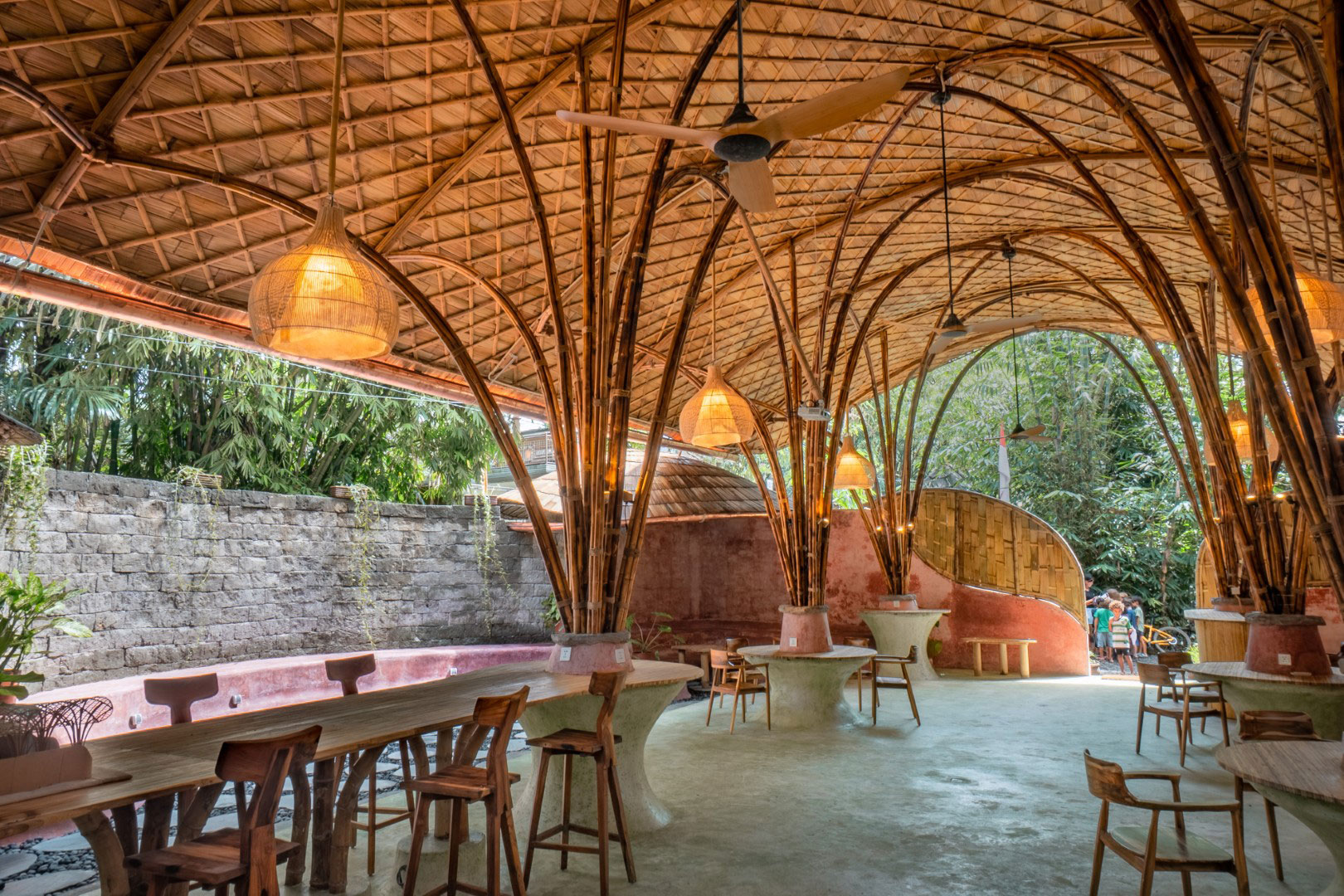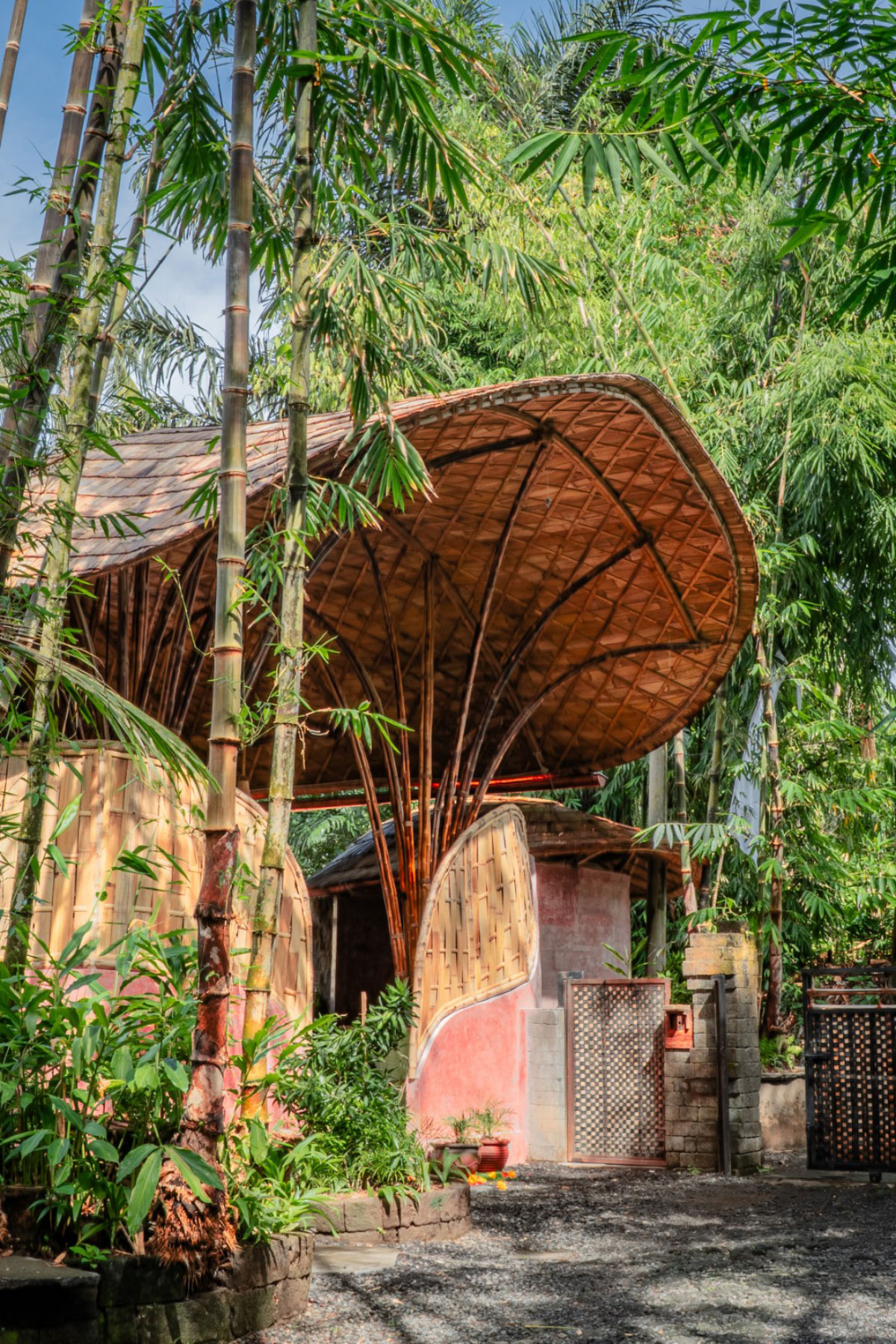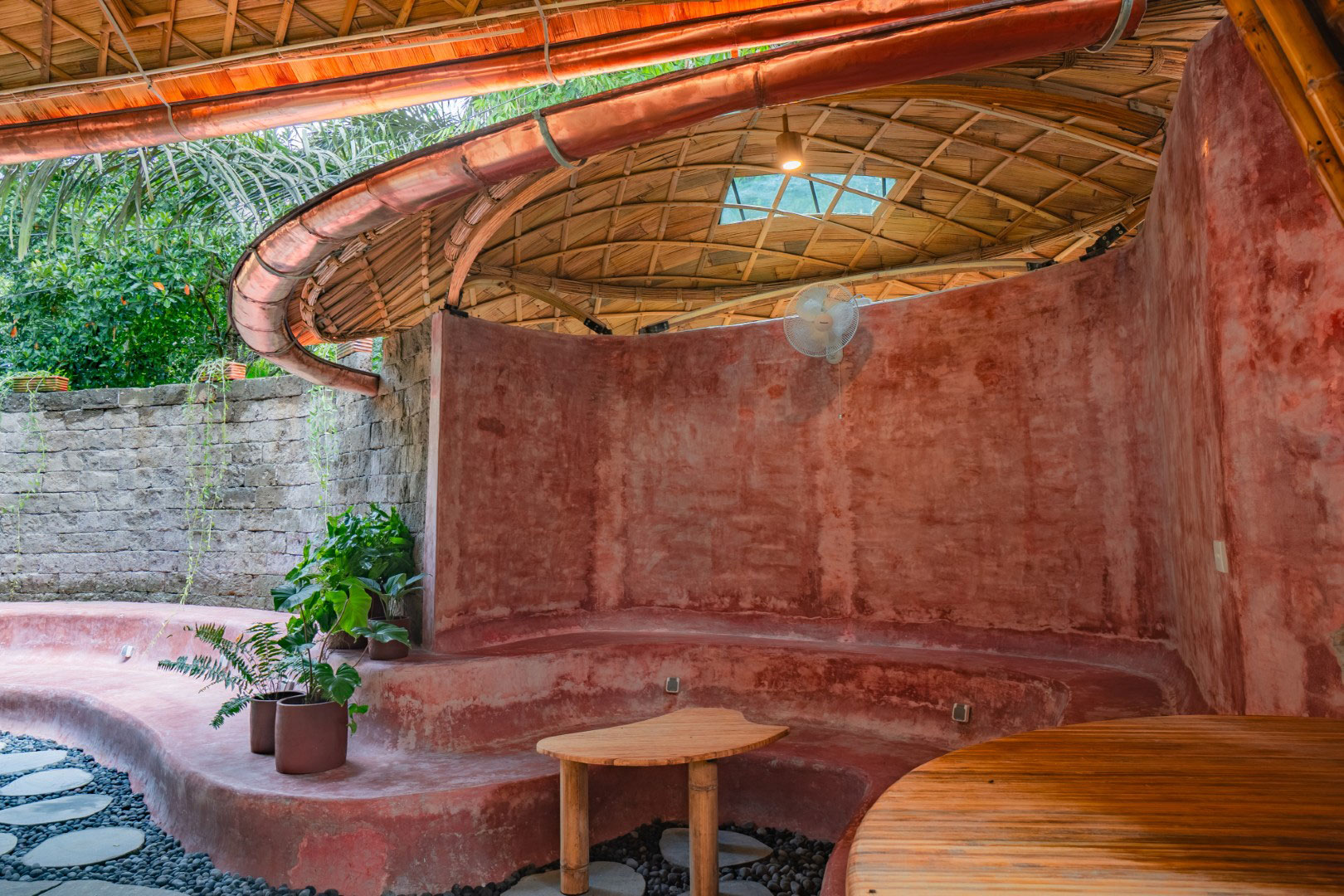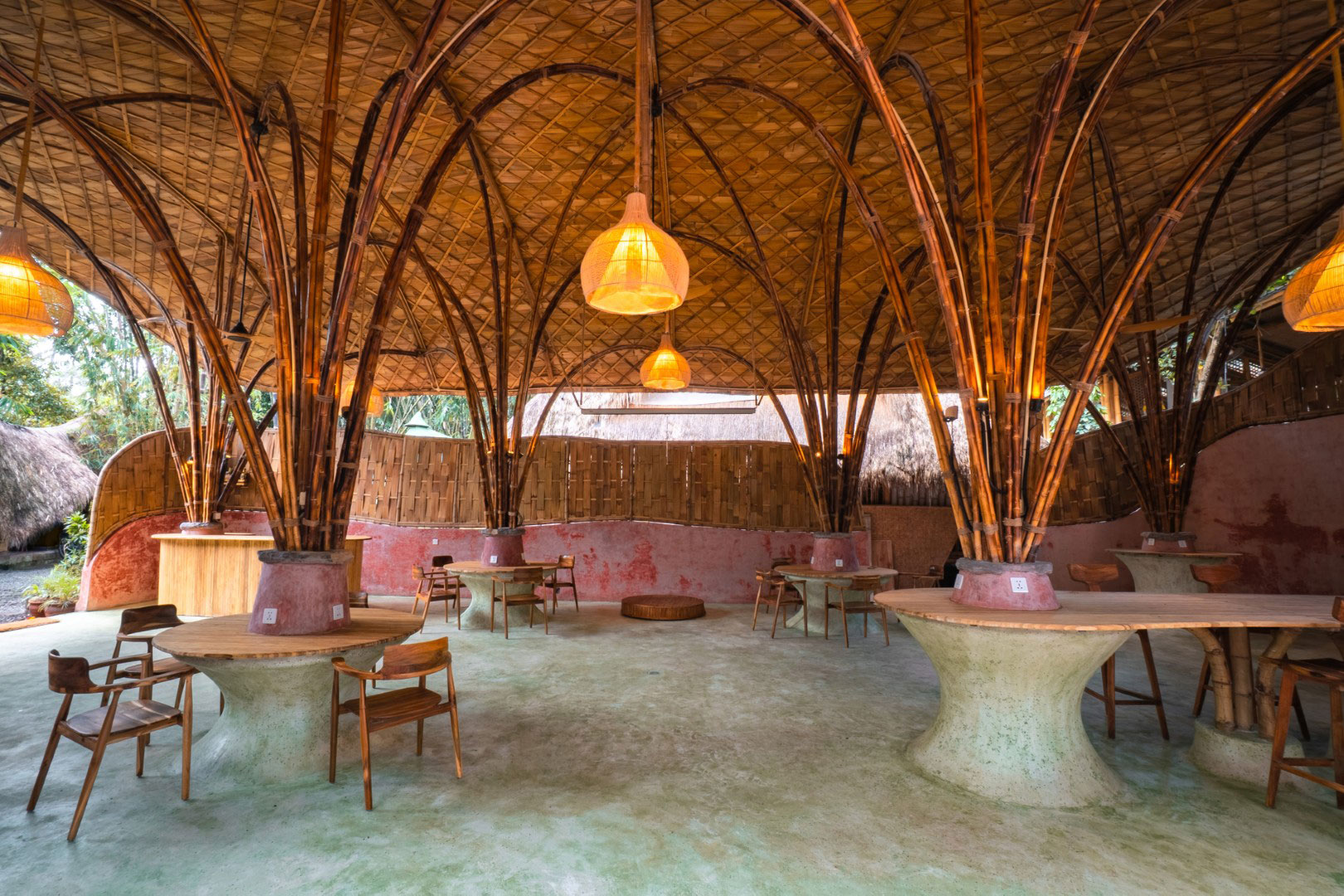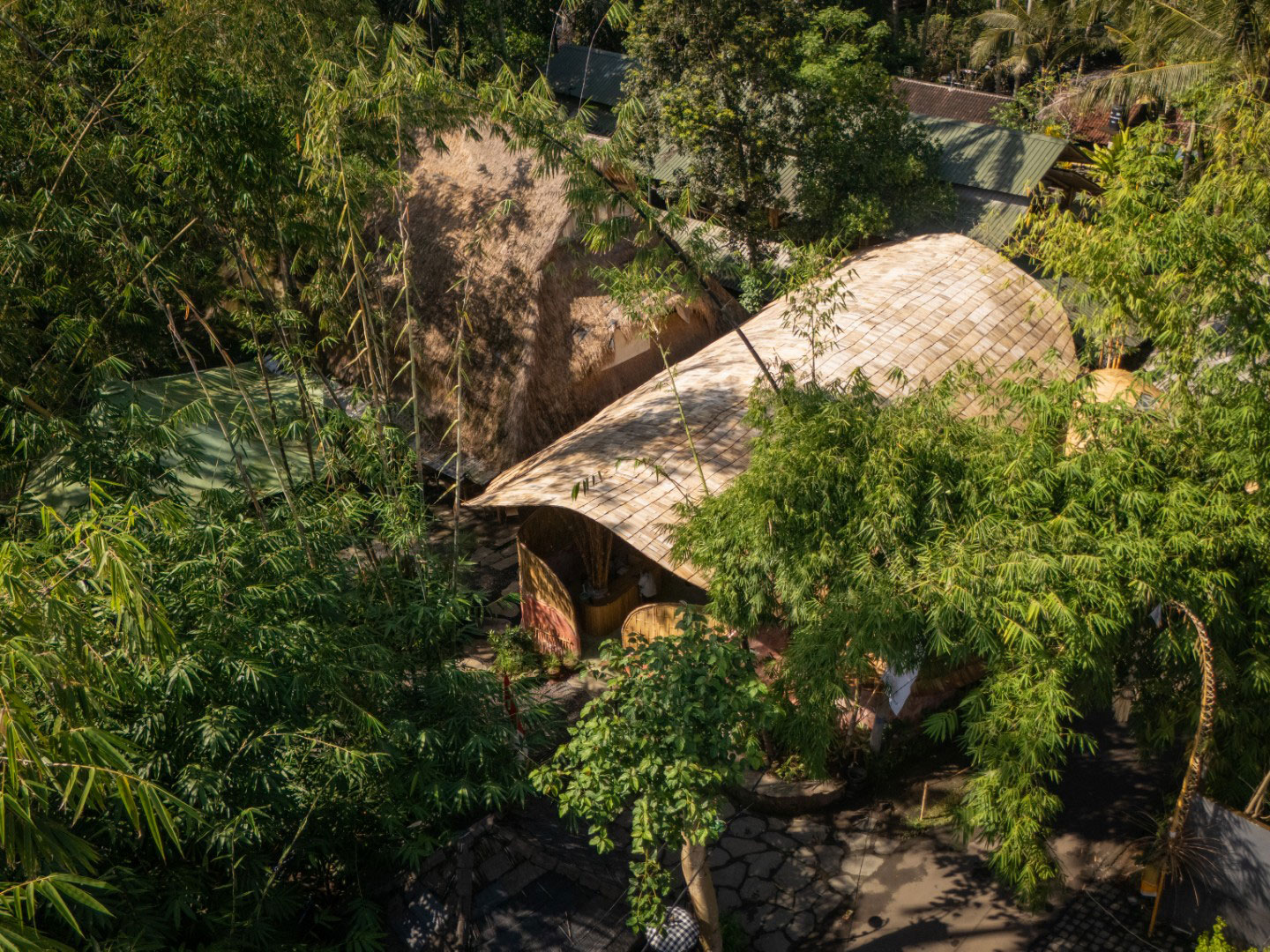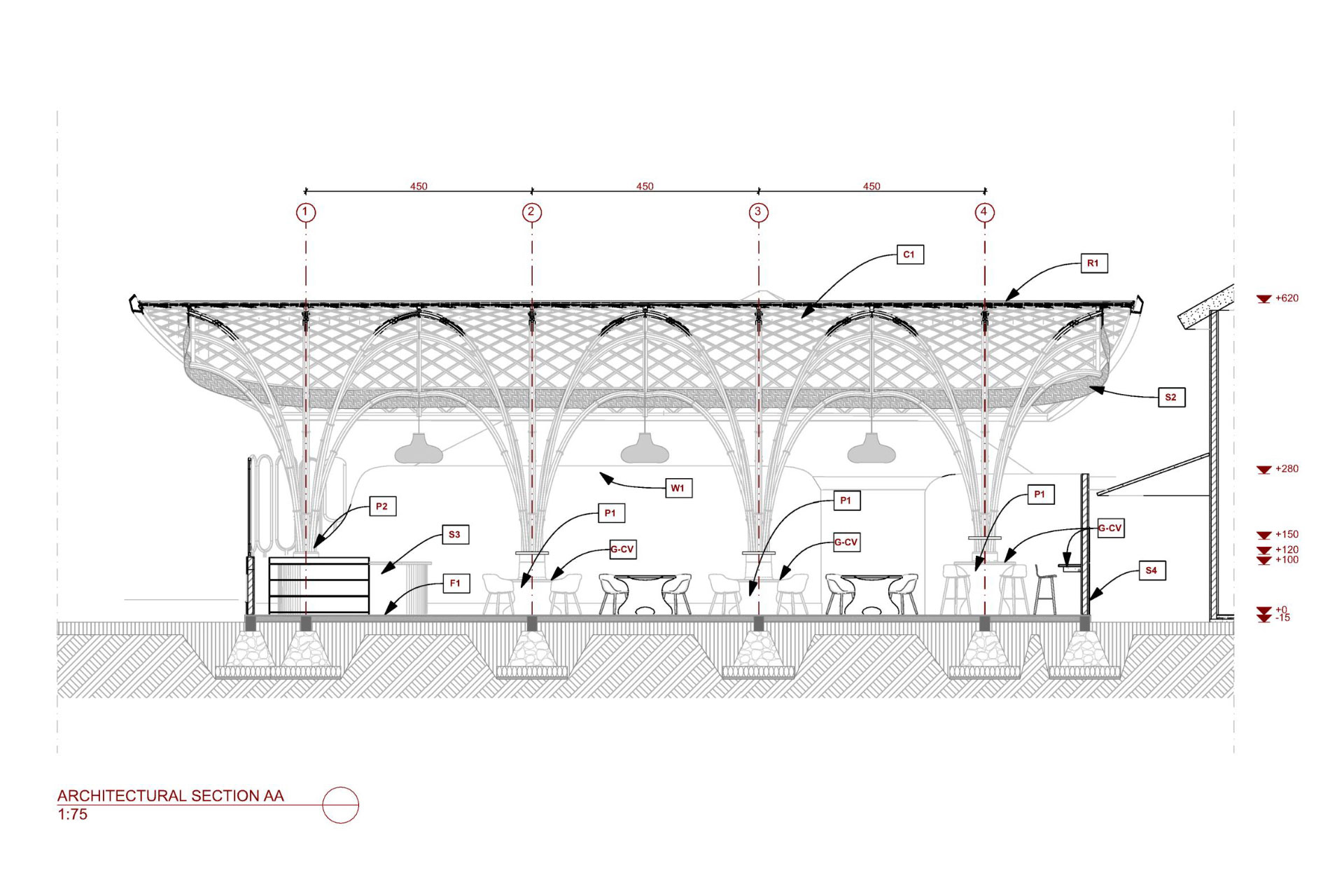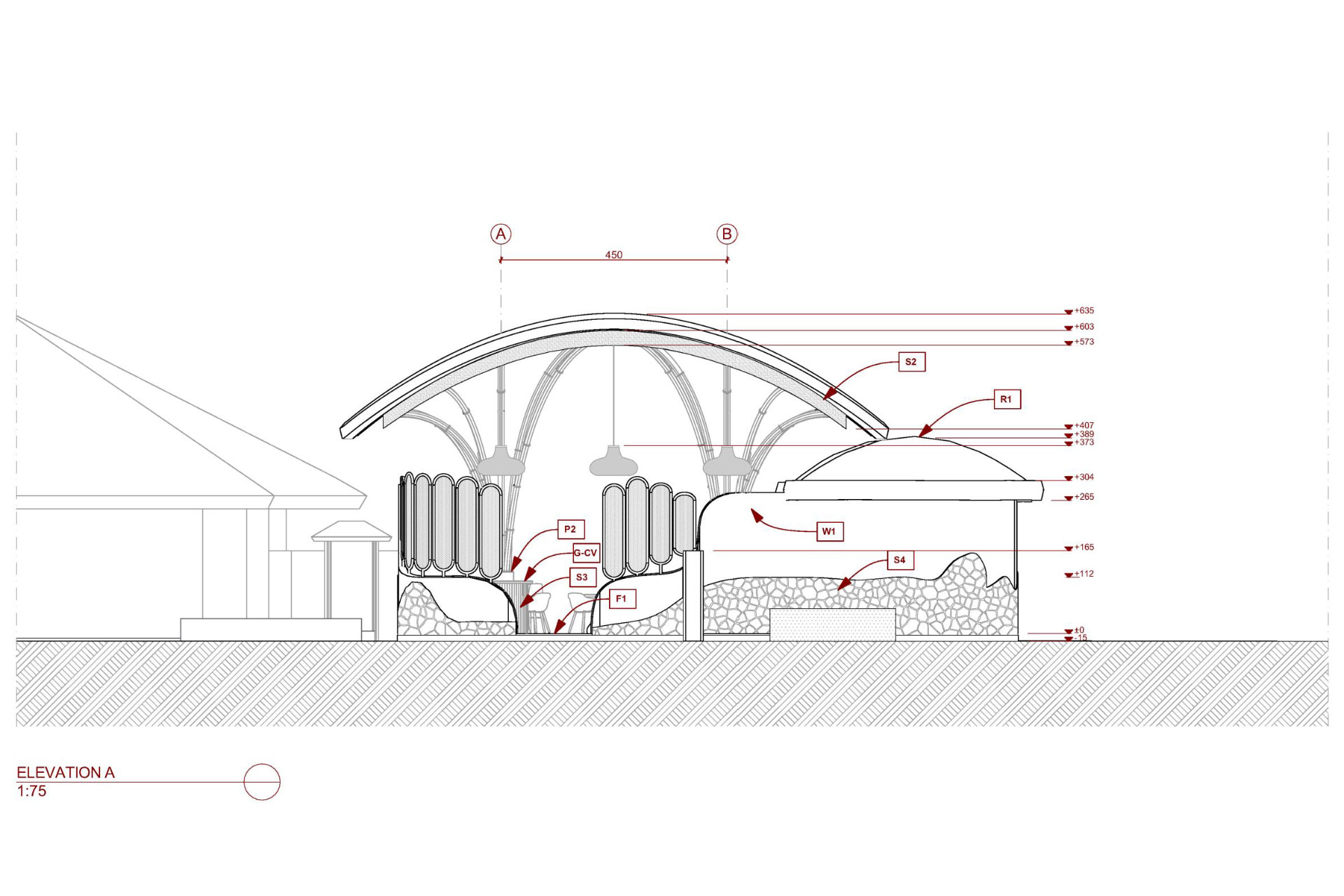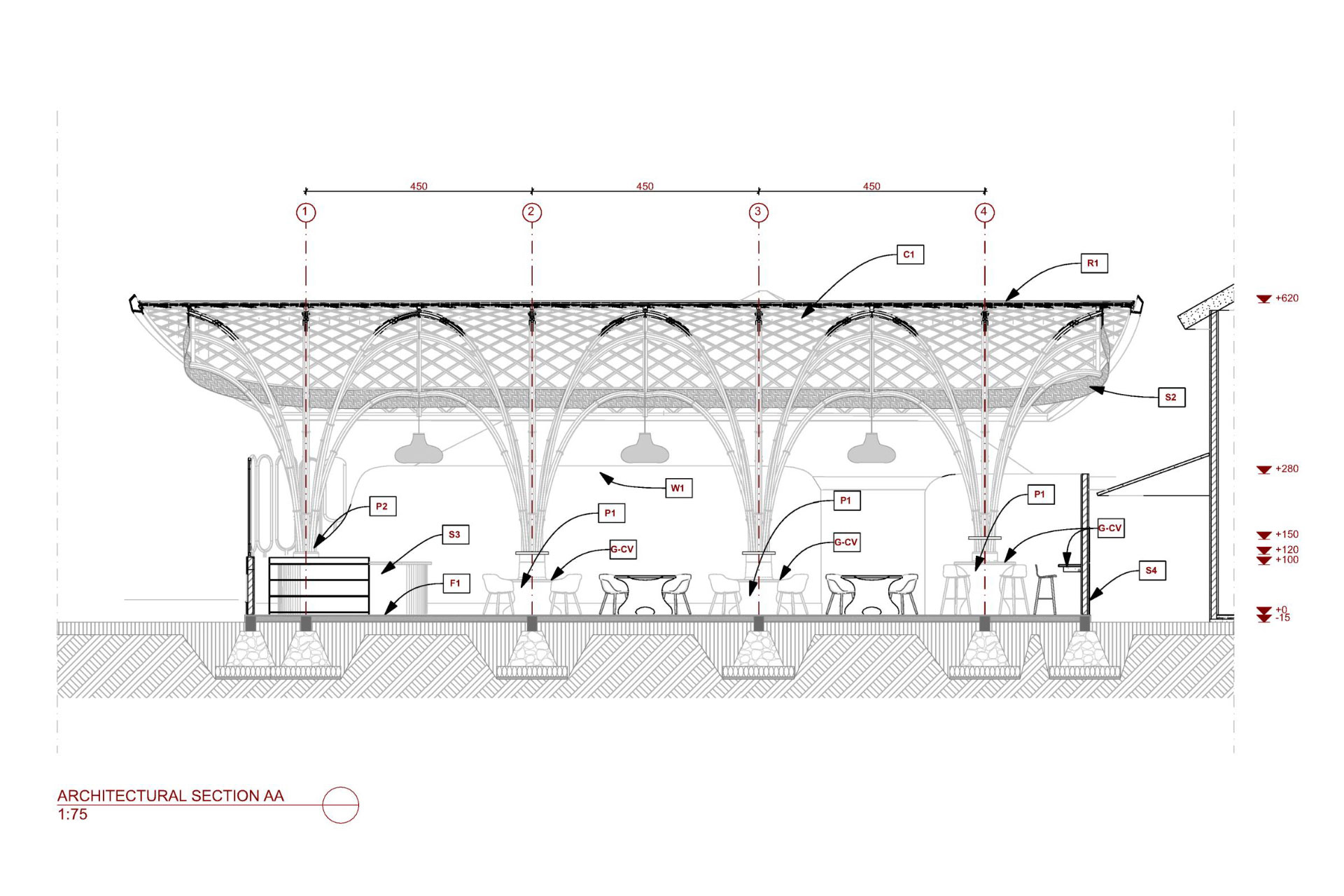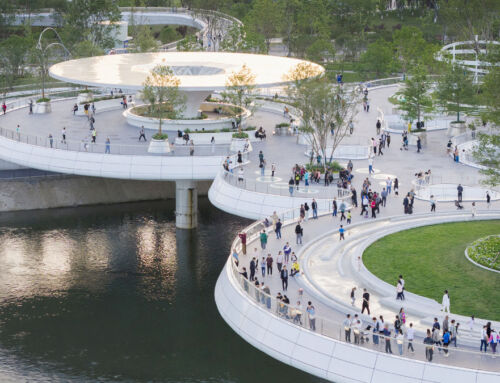Located in the lush jungle of Bali, Indonesia, the Living Bridge Co-Learning Centre building breaks away from conventional architecture. It is rather the tangible result of an open dialogue between architecture and community. Conceived from its foundations as a co-creation experience, the project we are discussing here was born out of direct collaboration between students, families, teachers and the architectural team at Mizzi Studio. It is the material result of a sensitive design that cares for both those who inhabit it and the environment that surrounds it.
Architect Jonathan Mizzi, director of Mizzi Studio, came to Green School Bali attracted by a personal—and also global—motivation: “I wanted to be part of something actively shaping a better future for my children.” But wait a minute… What is Green School Bali? “Imagine a school where classrooms have no walls (…) which ignites the senses and the natural curiosity of children, a place where innovation, creativity and learning flourish (…) to share new experiences in living and learning.” This is how its founders, John and Cynthia Hardy, present it. In our own words, Green School Bali is an international school integrated into the jungle thanks to its bamboo construction, combining academic education with practical learning in sustainability, fostering a deep connection with nature and the community.
What Mizzi began as an educational option for his children turned into a two-year journey to complete the architectural project for The Living Bridge Co-Learning Centre. In a process of “shared authorship”, the construction of the Living Bridge was carried out in parallel with the school calendar, so that students aged between 15 and 18 participated in every stage of its development, from design to final construction. The result is a structure made up of more than 300 pieces of bamboo sourced from the land, treated with advanced heat-bending techniques and assembled.
After all, according to architect Mizzi, “education should not just take place in nature, but with it.” Every detail of the Living Bridge’s construction, whether it be the mycelium panels — obtained from the cultivation of mushroom roots agglomerated with agricultural waste — that the students themselves produced at the school’s Innovation Centre, or the handcrafted furniture made from recycled construction waste, or the ground glass terrazzo, or the lime plaster and “ecocrete” bricks; every detail of its construction, we said, reflects that perspective.
Following this transformative experience, Jonathan Mizzi is now looking towards his homeland, Malta, with a vision to import the pioneering educational model that shaped The Living Bridge Co-Learning Centre. “I will be turning my focus on creating a Green School Malta, coupled with a village, elderly care home, animal sanctuary and gardens —a living campus; community,” he told The Times of Malta last May (2025).
Sources: Mizzi Studio, The Times of Malta, Green School Bali, Wikipedia.
Images: Mizzi Studio.


